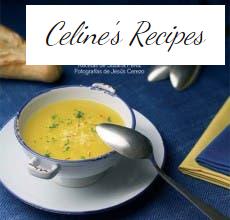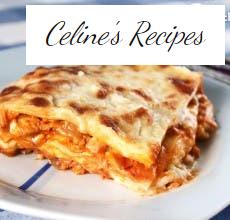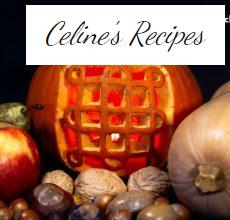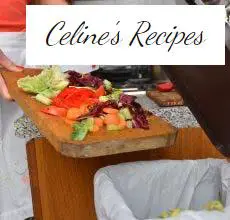Nobody is bitter about a sweet , but yes.
As we all know (although sometimes we overlook) sugar is so addictive that some experts even consider it one more drug . Diseases such as diabetes or hypertension, are responsible for reminding us how harmful it is to our health.
Those of us who continue buying and cooking with it are becoming more cautious, and many times, we end up opting for other substitute products that have words like ” zero ” or the well-known ” no added sugars ” on their labels .
We have been told that they are more natural and you are probably wondering if you are doing it right, if it has been a good idea to replace your saccharin or sugar cubes in coffee with these new products or if they really are as beneficial as they tell us.
I will start from less to more …
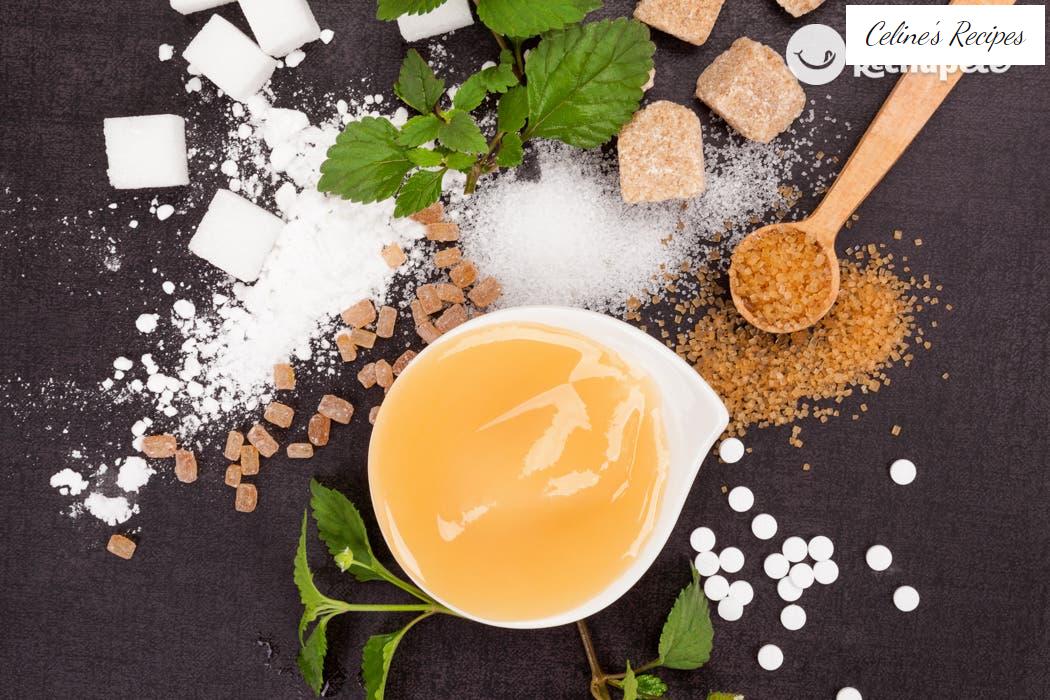
Stevia
- Stevia, commonly known as E-960, despite being a product extracted from stevia rabaudiana leaves from Paraguay or Brazil, contains substances considered three times as sweet as sucrose or white sugar .
- Curiously, the EU does not have authorization to consume this plant without purifying, but of course, you can get this product in any supermarket. In 2012 EFSA authorized it as a sweetener, but banned the entire plant.
- The only benefit of stevia, unlike the rest, is that being a compound with calories does not increase blood glucose levels , so people with diabetes would not be at risk when consuming it.
Panela
- Or Colombian sugar, is the juice of sugar cane before being purified and turned into brown sugar. So we do not know what was before, if the egg or the chicken, but in this case we are clear that panela is the previous phase of brown sugar that we will discuss below.
- Panela contains sucrose, glucose, and fructose, which translates to sugar, sugar, and more sugar. His glycemic index is 65, but it’s still high.

Brown sugar
- What is it, is it dyed brown or natural? Brown or cane sugar comes from directly crushing the sugar cane . Subsequently it is mixed with hot water and the liquid is allowed to evaporate until crystals are formed which are mixed with molasses. So far everything is very healthy.
- This mixture is centrifuged and separated into two parts. On the one hand the brown juice and on the other the resulting white crystals. This is what we would know as refined.
- Because yes, unfortunately, all the sugar we consume (or the vast majority) is refined sugar .
- The reality is that brown sugar is as sugar as white sugar despite its color (which depends on whether or not it is spun with molasses) and they also have the same glycemic index.
- For this reason, I recommend that if you really want to make a sweet contribution to your diet, it is best to take an apple or a pear , since both sugars are empty calories.
Honey
- If you sweeten your tea or coffee with honey to avoid sugar consumption, I am sorry to say that it is practically the same. While 100 grams of sugar provide about 400 kcal and 100 grams of carbohydrates, 100 grams of pure honey amounts to 330 kcal and 81 grams of carbohydrates …
- As far as I can guarantee that honey is healthier than sugar it is in its glycemic index, since it is quite lower (around 55, in sugar it is around 77).
- There are those who adore it for its supposed antioxidant powers and other beneficial effects on our immune system, but the truth is (and hence the assumptions) that the EFSA (European Food Safety Authority) ensures that honey does not produce such effects.
- If you like the taste of honey take it for this reason and to enjoy it, but never to substitute the dose of sugar because you will be making a mistake.
Maple and agave syrup
- There are those who make a purifying diet that consists of eating only these syrups for a couple of weeks, but how beneficial is it? The truth is that it is obtained from a sugary fluid from some types of maple and boiled until most of the water evaporates, leaving a thick and concentrated syrup.
- Vegans use it as an alternative for honey, although the reality is that at a nutritional level, its contribution of minerals, calcium, potassium and iron, among others, does not exceed 5%. Its glycemic index is the same as that of honey (55), which is still lower than that of sugar.
- Both syrups are composed of 70% fructose. And this, is it good or is it bad? You may wonder, Well, according to a UAB study it was shown that a high consumption of fructose can have much more damaging effects on our body than a high consumption of glucose …

And now that?
In finding balance is the key (as in everything else). You don’t have to give up sugar entirely. You can continue to sweeten your life but be aware of all these handicaps . When you buy a sweetener or another, do it with your head.
You can consume stevia, but remember that it will always, always be much healthier if you eat a banana, an apple or a pear.
Did you like it? Share it!
Share Tweet Pin it To print
Receive a weekly email with new recipes and yummy recommendations.
Think of Pixels SL as the owner of Recetasderechupete.com, it will use the data you provide in this form only to send you blog updates. We treat your data with respect. For more information see the Privacy Policy . You can change your mind at any time and unsubscribe by clicking on the footer of any email you receive from this website, or by contacting [email protected]. Yummy recipes use Mailchimp as a platform for sending emails. Mailchimp is covered by the EU-US Privacy Shield agreement, approved by the European Data Protection Committee. By submitting this form, you consent to your data being transferred to MailChimp for processing in accordance with its Privacy Policy .
If you liked this article you will like:
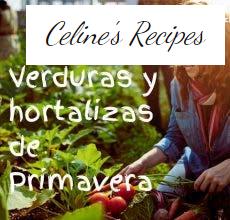
Spring vegetables
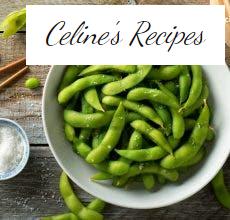
Edamame. What it is, how it is eaten and where it is bought



